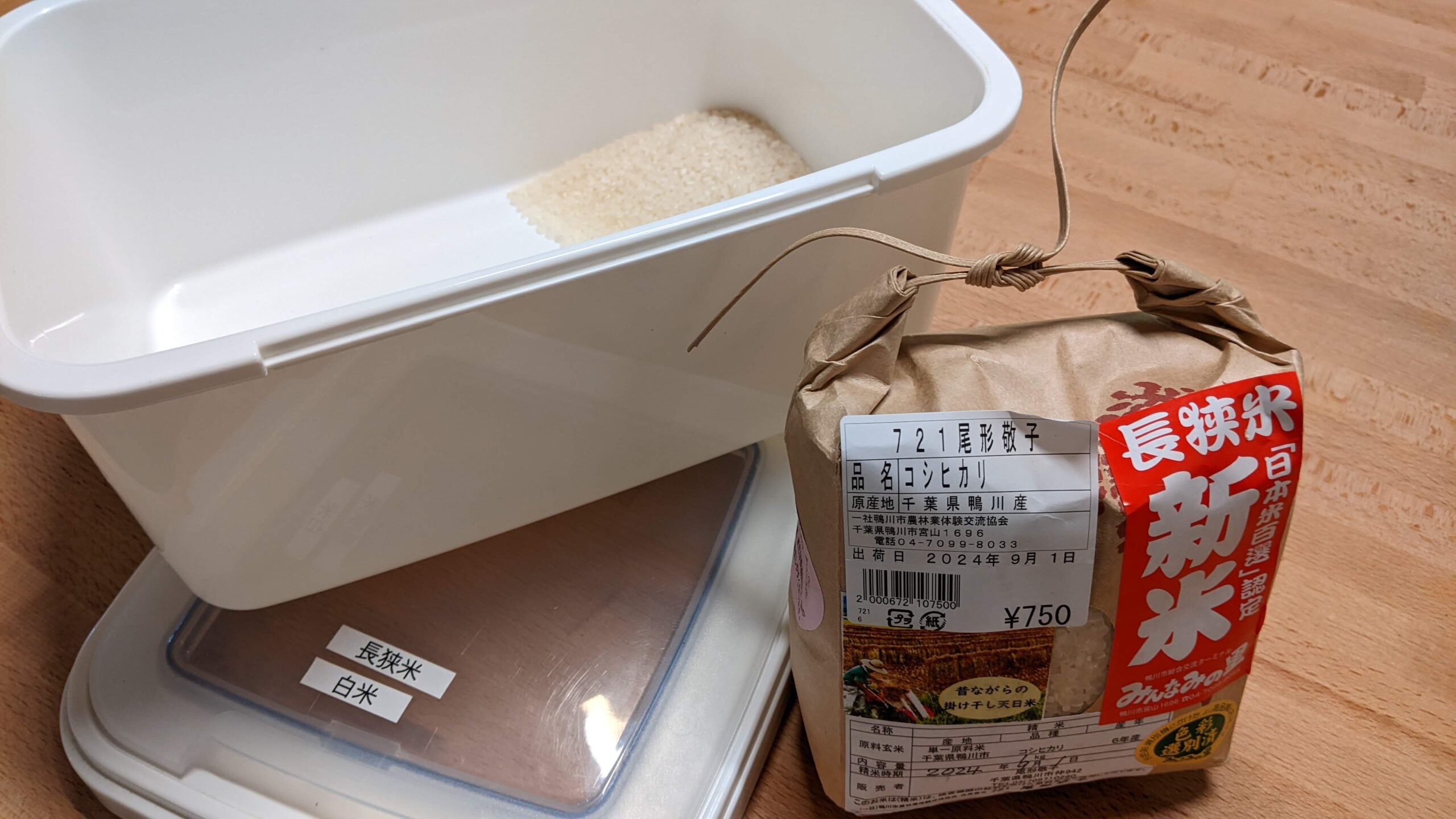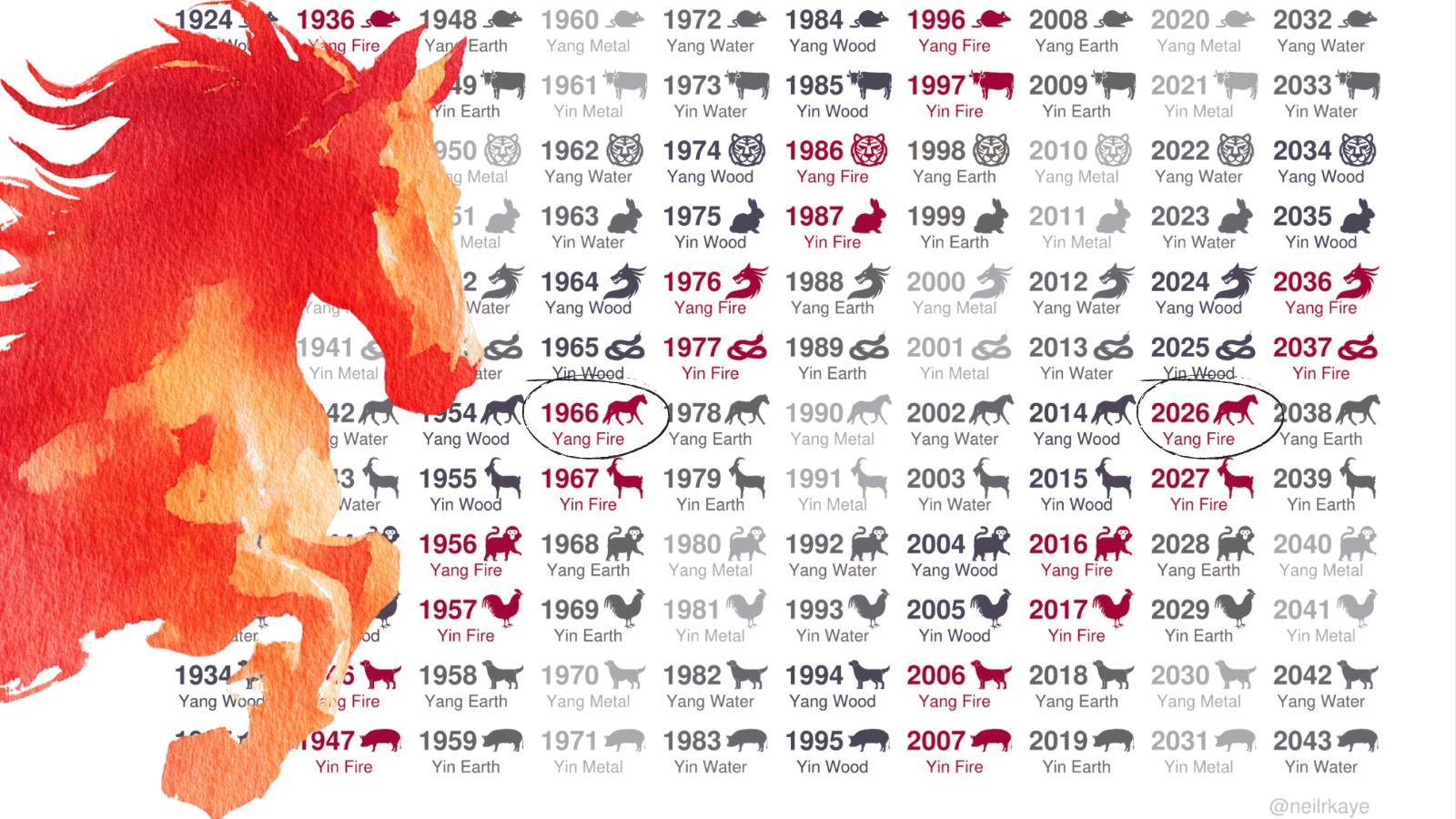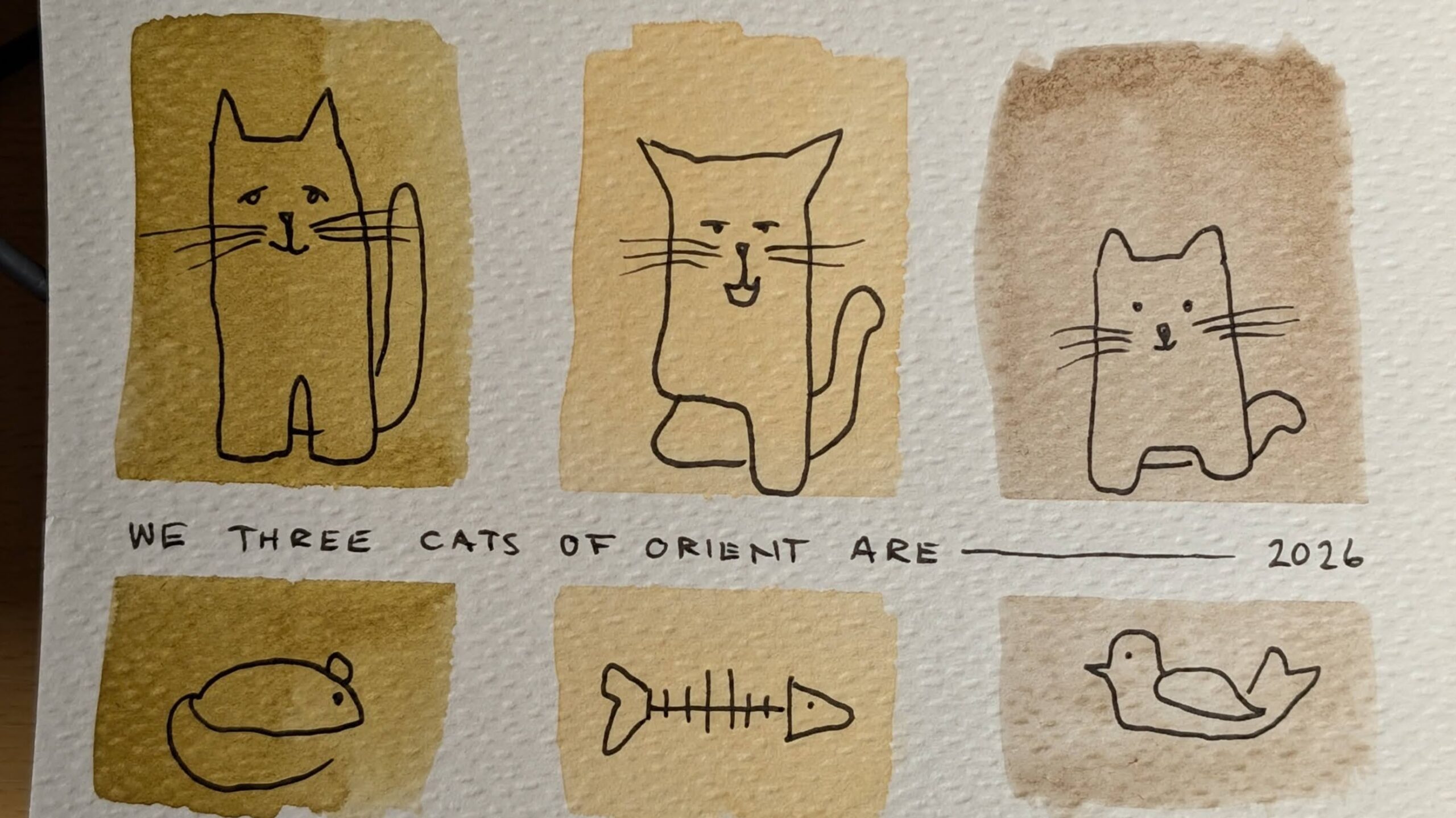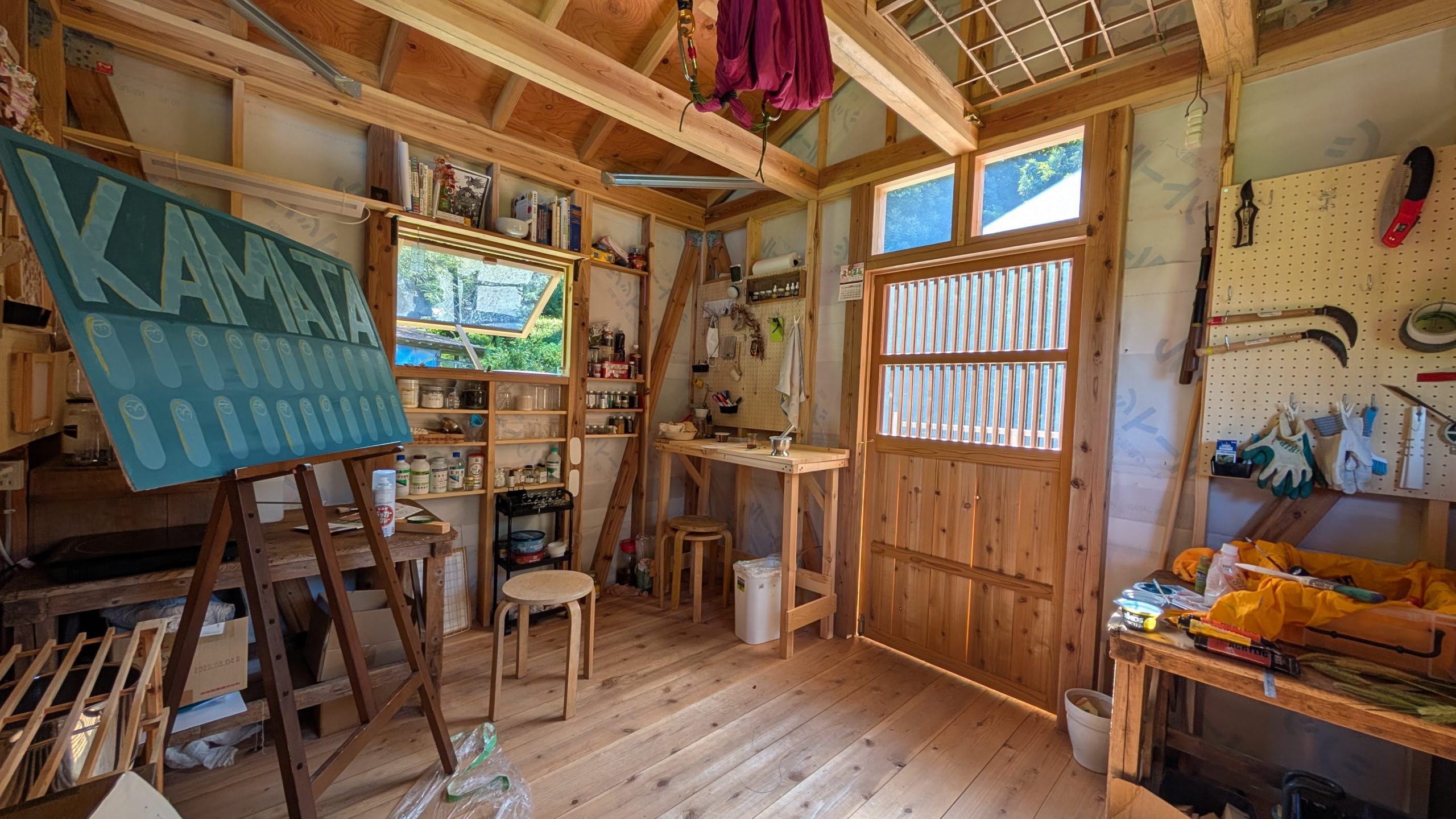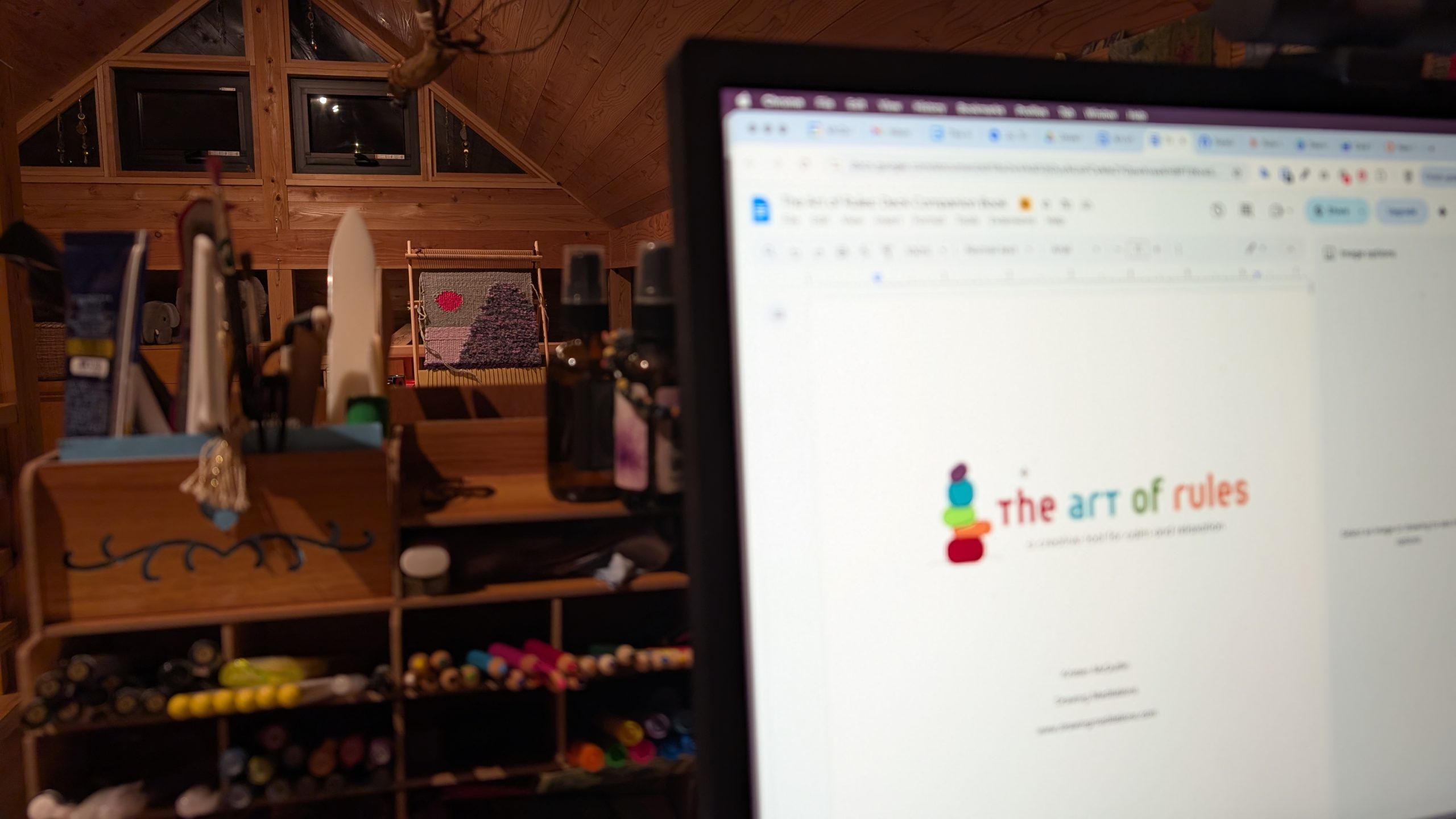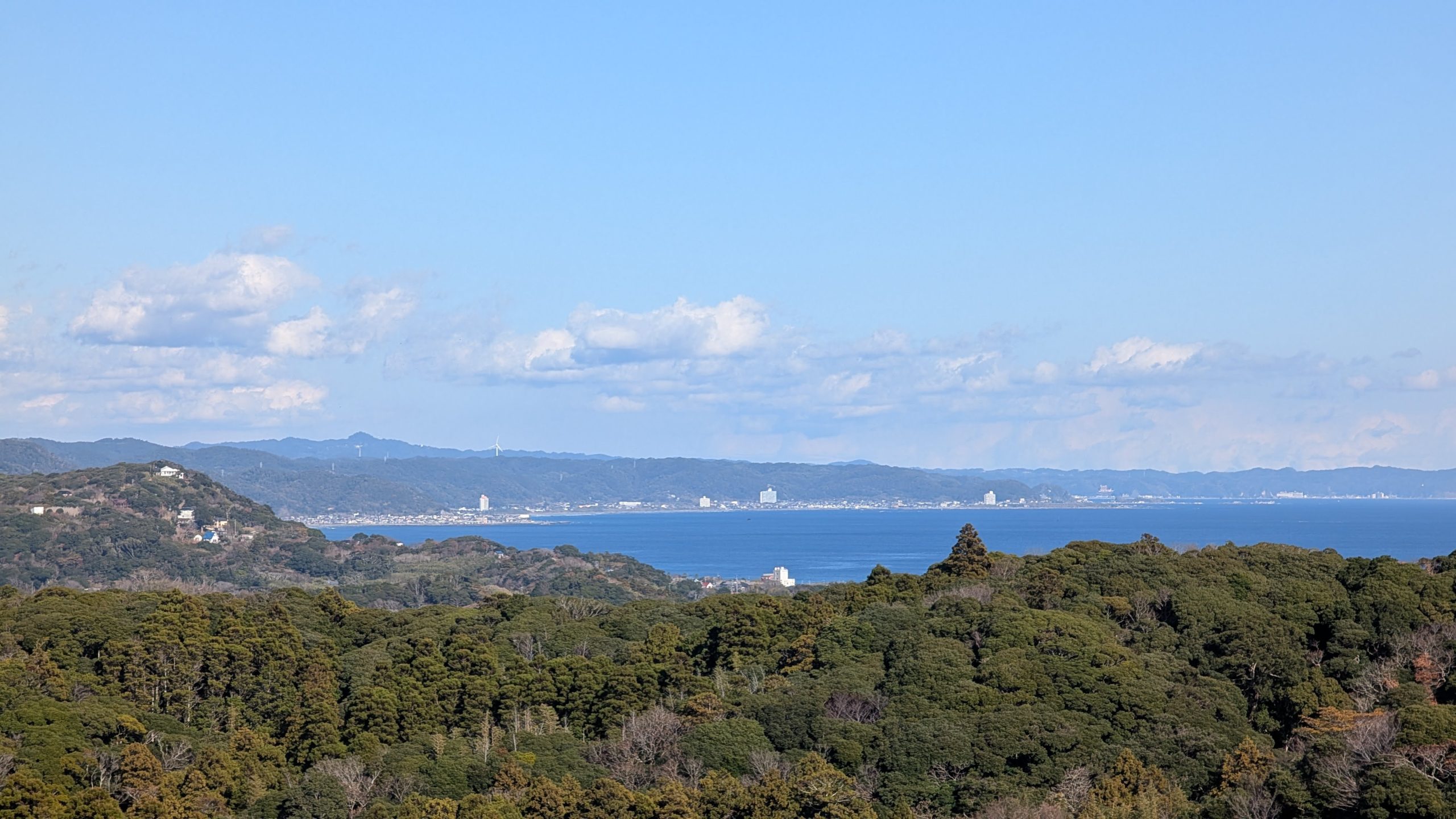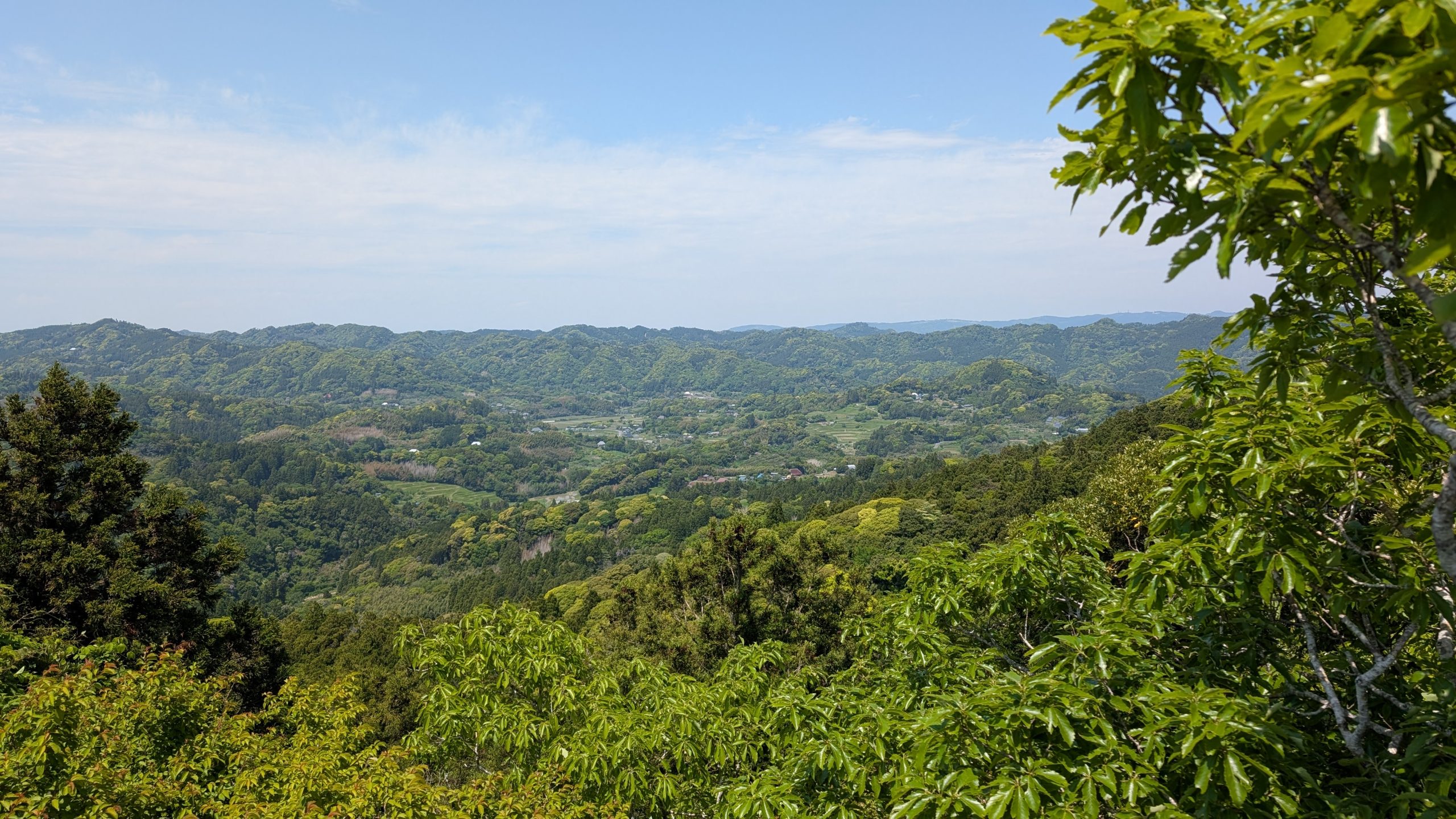Japan is facing a crisis of its main staple, rice. In terms of food self-sufficiency, rice is about the only thing that Japan produces in large enough quantities for everyone – about 7 million tons/year.
But since summer, rice supplies have dwindled. Prices have jumped about 20%. Grocery shelves are empty and customers are limited to one bag of rice at a time. All sorts of reasons for this shortage have been floated and they are all true to a certain extent.
Why rice supply is low
Foreign tourists eat a lot of rice. Othering is always an easy excuse: it’s not us, its them! And for sure, with record tourism this year we are feeding more mouths. About 3 million more per month as it turns out. But there was no rice shortage before the pandemic, when tourism was also high. Overseas visitors aren’t over-consuming rice. It’s a factor, but not a huge one.
Pre-harvest stocks are always lower. Rice is harvested once a year, so by the time August rolls around, last year’s rice is almost done. For the years during the pandemic when tourism was cut off, there was overstock. But we’re back to the usual cycle of old harvest and new rice just about overlapping.
Emergency preparedness. When the “Nankai Megaquake” warning was issued in August, the entire country when into preparation mode by buying essentials like bottled water and rice. Add in a couple of typhoons blowing through and you’ve got some visible stock depletion through panic buying.
Climate change. For sure, climate crisis is shifting the season. At Oyama Senmaida, the rice matured ten days earlier than usual and that seems to be happening in other areas, too. Whether the hot summer has impacted the quality of the rice isn’t certain yet. Will weather have reduced the yields? We’ll know soon. Agriculture experts are saying it should be okay. But they are also starting to look into heat-resistant varieties to ensure good harvests of quality rice.
Agricultural policy and aging farmers. Japan’s been on an acreage reduction policy for about 50 years – this helps to keep rice prices high. Combining that long-standing policy, which rewards farmers who switch from rice to other crops, with the general aging of Japan’s farmers means that the country doesn’t produce as much rice as it used to – and definitely not as much as it could.
What to do?
According to everyone on TV and in the papers, the main thing is to not panic. The 2024 rice crop is coming in and shelves will soon be full again. It’s a temporary crisis, unlike rising food costs in general which seems to never end.
One obvious option (to the rice crisis and food costs) is to reduce portion size a little bit. I have noticed that conbini obento have been scant on rice. It seemed that the kaiten sushi chain we visited recently had also reduced their rice portions a touch. Whether it’s rice cost or availability causing this “shrinkflation” I am not sure.
There are many ways to stretch rice or to make substitutions.
- Mix rice with other grains and beans.
- Mujadara – Persian rice and lentils (my recipe)
- Kicheri – Indian rice and lentils
- Red beans & rice – American classic
- Rice and vermicelli – the San Francisco treat
- Rice and millet – old-timey Japanese rice
- Eat imported rice. There are exotic long grain rices like basmati, but also lots of short grain rices, including Calrose from the US. One of the donburi at 7-11 featured Indian curry with basmati rice.
- Enjoy other starches: pasta; bread & tortillas; potatoes; cornmeal; sweet potato; beans; grains like quinoa and millet. My local supermarket is pushing this option with a prominent display of pasta and sauces right near the empty rice section.
And of course you can look into alternate shopping options: farmer’s markets and roadside stands; direct sales from farmers mediated online; and of course paddy adoption programs like Oyama Senmaida help you grown your own.
